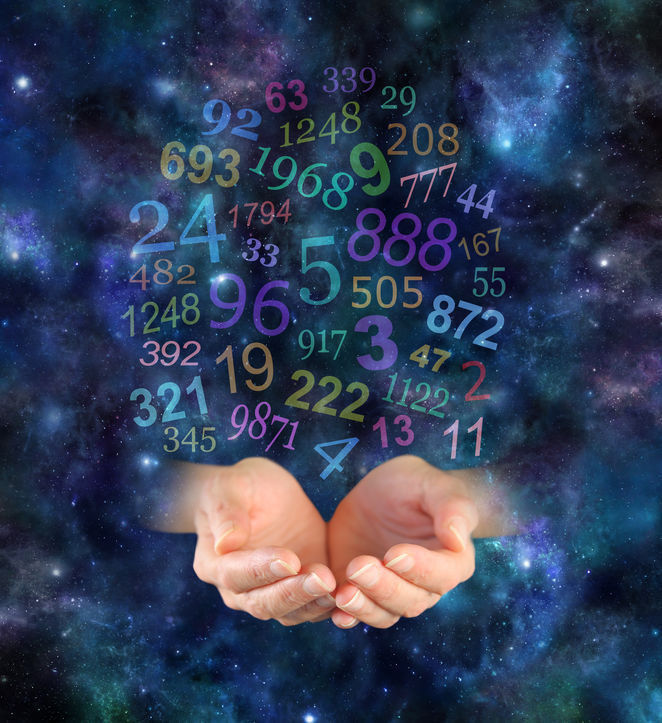Of Superposition, Resonance and Excitation
- twisforvai
- May 3, 2021
- 5 min read
Updated: Jun 12, 2021
So, I've decided to embark upon a task of colossal proportions. I'm going to introduce you to one the most important concepts of Physics, something which has such a huge impact on our lives that I wouldn't be exaggerating if I said human life would be non-existent without this.
Probably all of us have studied this in our high school at some point, however, in order for you to better grasp the topics I'm going to write about in the future, I'd like to discuss this concept briefly beforehand. I'll be simplifying things as much as possible; so people of science background - please don't take offense if I generalize concepts or use scientific vocabulary a little loosely.
Today I'm going to talk about Waves and not the way Goofy's doing it here. Nevertheless, it'll be a lot of fun! I'll also talk about what happens when two waves come together and interact.
First off, what are waves?
Any physics text book will give you scholarly articulated definitions made of words longer than ten syllables apiece.
But for the sake of our discussion here, let's just stick to the image which comes to our mind on hearing the word - waves.
It is something going up and down, again and again, infinitely, like ripples on the surface of water. These repeated movements are called oscillations. There are few notable aspects of waves in general, viz. the frequency i.e. how often or fast the wave is oscillating, measured in hertz (Hz), the wavelength i.e. the length of one such oscillation, measured in units of length (nm, cm, m, etc.) and the amplitude i.e. how high the wave goes, it's maximum vertical distance from the horizontal. I have mentioned these terms as they are significant to the next part.
I would like to mention here that there are two types of waves which are fundamentally quite different. They are transverse waves (e.g. light ) and longitudinal waves (e.g. sound). But again for simplicity we'll consider them similar here and remember that they behave quite parallelly in terms of the properties we'll be discussing.

So what happens when two waves come together and interact with each other? This phenomenon is called Superposition of waves. It means that they add in magnitude and a resultant new wave is created.
Depending on whether the two original waves are travelling in a synchronized manner or not (i.e. in the same phase), the resultant wave will be bigger or smaller in amplitude than the original two waves. This is depicted in the graphic above.
When the two original waves sit perfectly one on top of the other, they interact to the maximum extent and the resultant wave has the highest amplitude. This is called Resonance.
This is basically how we hear sound, how our eardrums work. It is also how we tune a musical instrument.
But that is just sound i.e. longitudinal waves. Longitudinal waves have relatively low frequencies (0 - 10^6 Hz)

Resonances of transverse waves are even more interesting as they can travel unbelievably fast i.e. have very high frequencies (0 - 10^24 Hz). This forms the Electromagnetic (EM) spectrum, which we'll talk about in another article. Hence interactions involving EM waves are ubiquitous around us and in nature.

An example of this is the radios and TVs we had in olden days. We would "tune" the frequency of the device to the frequency emitted by the radio station to receive their broadcast. All cellular and wireless communication even today works on the same principle, with the only difference being that our devices have become intelligent enough to do the "tuning" part autonomously.
Another interesting consequence of resonance in EM waves especially of higher frequencies, is the phenomenon of Absorption.
It is what enables us to see, plants to photo-synthesize, the ozone layer to protect us and all living species to absorb sunlight and sustain life. It is what drives technologies such as microwaves for heating food, X-ray and MRI machines, atomic clocks; the list goes on and on.
So how exactly does this happen?
Well, everything in the universe which is not at absolute zero temperature i.e. 0 kelvin, is vibrating. Each atom in each molecule of each cell in our body is vibrating. The water in our body is vibrating, the air we breathe is vibrating, each molecule of every bit of matter within us and outside of us is vibrating.
NOTHING is ever still.
And each of these vibrations has a characteristic frequency which is called the Resonant frequency.
When we send a wave towards such a vibration which has the same frequency as the resonant frequency of that vibration, the phenomenon of absorption takes place and the atom / molecule / material undergoes Excitation or is said to have gone in an Excited state.

However, we are now talking of such tiny systems, that we enter the quantum realm. This is where things start acting funny. EM waves show-off another of their superpowers; that of acting like particles, a concept which is famously known as the wave-particle duality.
A lot lot lot can be done and is done by a material in an excited state. I cannot emphasize the importance of these excitations enough, but that is a discussion for later.

In conclusion, change in amplitude is a result of resonance and forms the basis of how waves interact with each other or with matter. For sound waves, this change in amplitude is experienced as a change in "loudness" of the sound and for light it is experienced as the phenomenon of absorption.
The reason I have written this short discourse on interactions of waves with each other and with matter is that THIS is the basis, our opportunity and the tool for us to "tap" into diverse forms of energy (waves) that envelope us.
It is the key to harness the power of the universe.
Now for those curious souls who are eager to try some experiments first hand. Let us get a feel of how sound (waves) interact using the simulator below!
Some notes on how to use it:
There are two input waves - blue and purple and an output wave in green which is a superposition of the two waves. You can click the [+] icon or use the slider bar to change the frequency of the individual waves from 0-10K Hz. For auditory safety I recommend staying below 500 Hz.
If you set one wave to 0 Hz meaning you remove the wave, and set the other to a particular frequency say 200 Hz, and click the Play button, you'll hear what is called a Pure tone.
To understand how resonance works, you can set both waves to 200 Hz, and you'll hear a resonant sound having double the amplitude i.e. double as loud. Notice how both waves are exactly on top of each other thereby creating the highest amplitude in the resultant wave.
Next you can try to change the offset of the waves using the third slider button. See how the two waves are not overlapping perfectly anymore and the resultant wave loses some amplitude.
Finally, you can set the two waves to completely different frequencies and witness their intricate superpositioning for yourself.
So play around with the simulator to see and hear the waves boogie :D Have fun!
And next time you see an Opera singer shattering wine glasses or window panes, know that it is not trickery but simply the elegant work of Madame Physique.
Ciao,
V




Comments